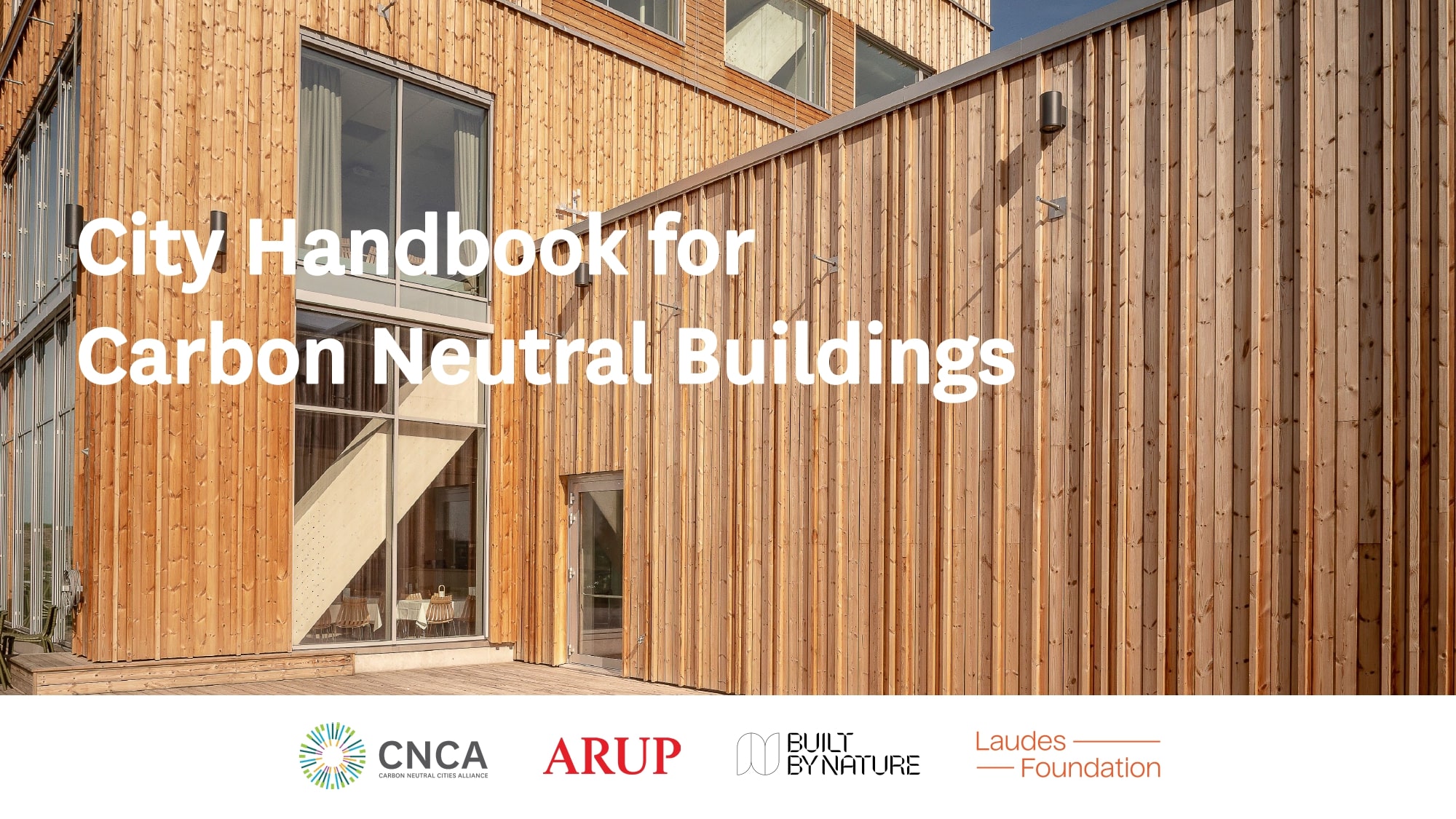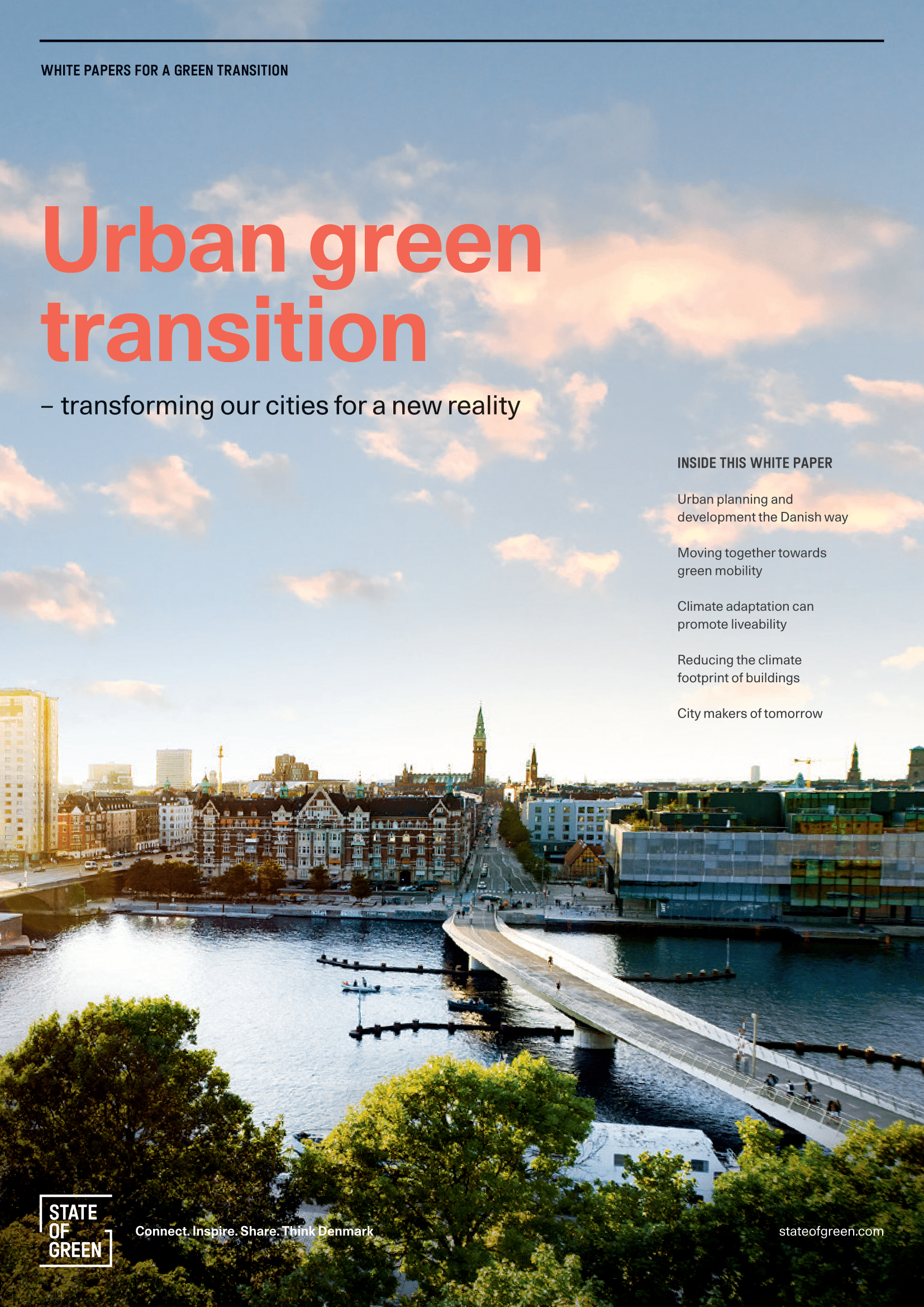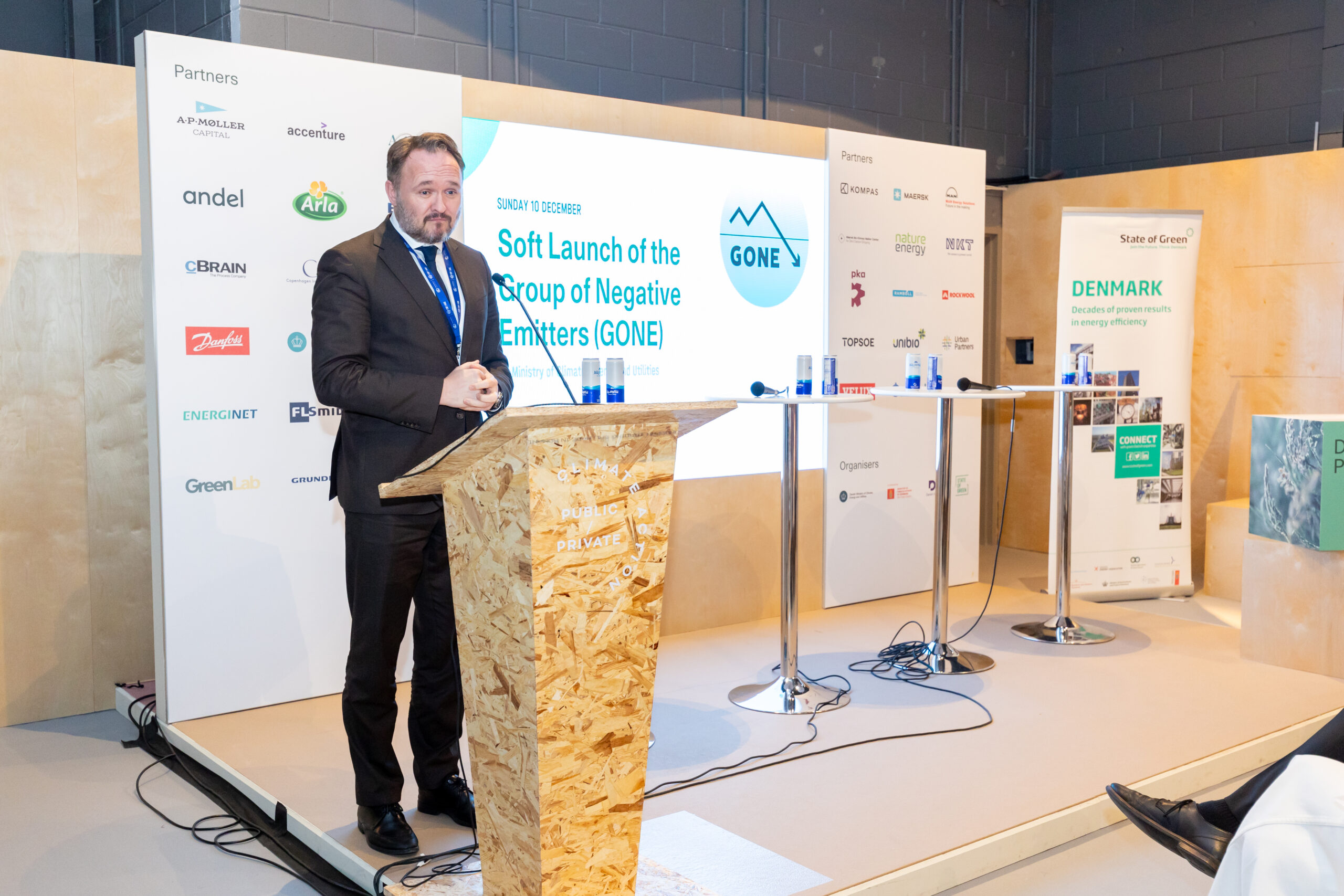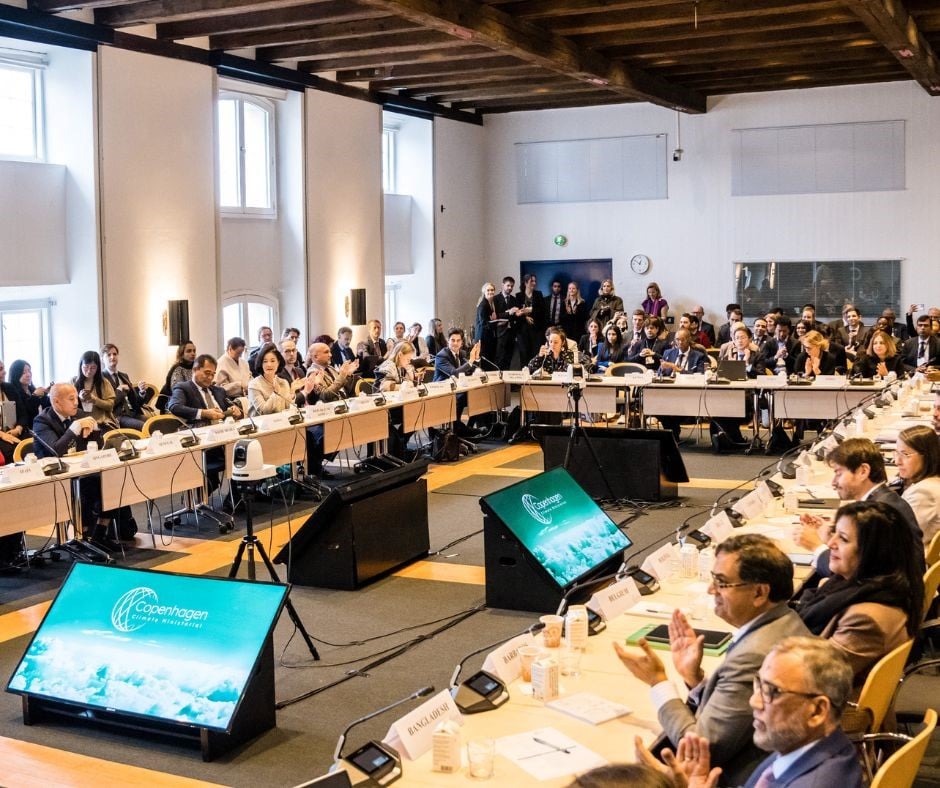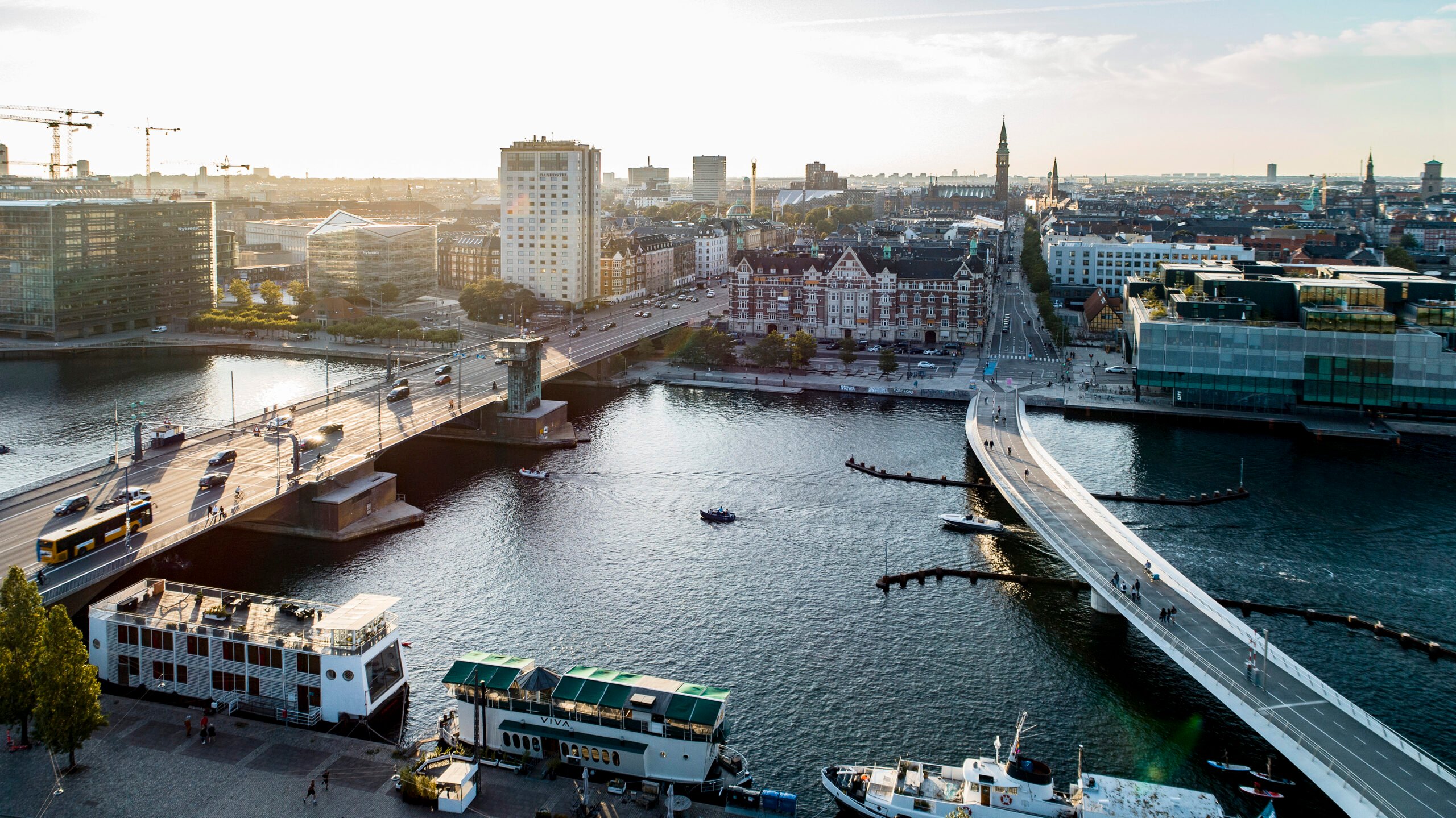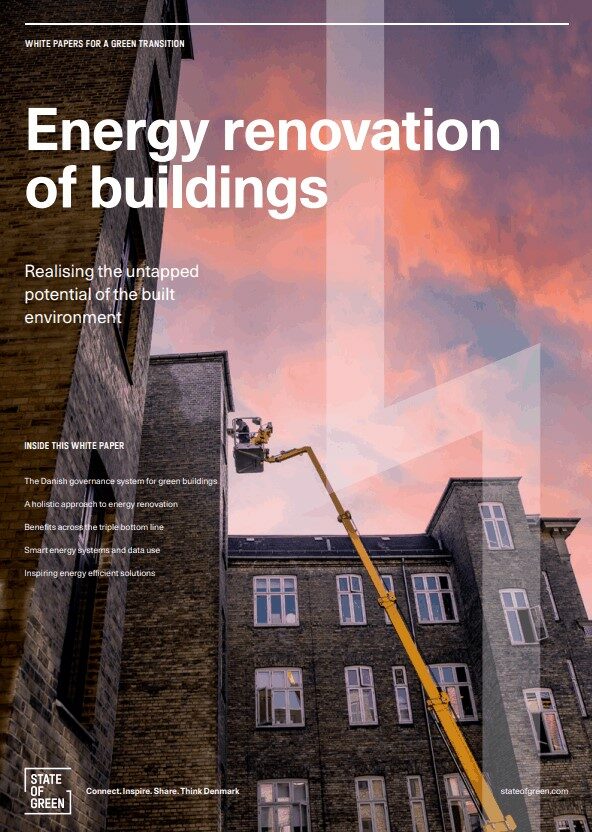The City Handbook for Carbon Neutral Buildings was developed with valuable input from city officials in Europe and North America and key stakeholders throughout the procurement chain. The handbook is a collaborative effort, made possible with the support of the Laudes Foundation and Built by Nature, and will equip cities worldwide with knowledge and guidance for the use of sustainable, bio-based building materials.
“The Buildings Breakthrough unveiled at COP28, along with the launch of the Forest Climate Leadership Partnership, set the stage for the built environment to play an increasingly central role on the path to 1.5 degrees. At the same time, the Coalition of High Ambition Multilevel Partnership (CHAMP) initiative, also launched at COP28, solidifies the role of subnationals including cities – where most buildings are located – in delivering nationally determined contributions (NDCs) to reach the goals set out in the Paris Agreement. By making low-carbon, bio-based building materials more accessible, this handbook helps cities lead the transition in the built environment.”
Handbook author Peter Vangsbo, head of Sustainability and Climate Services at Arup, noted: “Half of a building’s CO2 footprint throughout its lifetime comes from the production and construction phase. Globally, we are facing a construction boom of approximately 2 billion new square meters every year until 2028, and therefore it is imperative that the world learns to build with the latest green methods, technologies and not least materials”.
The handbook consists of guidance on both the use and purchasing of bio-based and low-carbon materials, including a material catalogue of bio-based alternatives for structures, cladding and insulation.
“In the journey towards decarbonizing our built environment, this handbook for carbon-neutral buildings with bio-based materials acts as a fundamental tool. It equips cities with the necessary resources to accelerate the transition to a low-carbon future, enabling them to harness sustainable materials effectively” says Tanja Tyvimaa, Senior Specialist in carbon neutrality and circular economy in construction at the City of Tampere – one of the 12 partners cities leading this initiative.
Paul King, CEO of Built by Nature, whose vision is for a built environment to work in unison with nature, says: “We know how we can build and retrofit the affordable and resilient homes and buildings people need around the world using low-carbon, renewable bio-based materials. We now urgently need governments and industry to collaborate and drive investment in biobased materials and sustainable forest management to capitalise on this tremendous opportunity and deliver the best environmental, social and economic outcomes as part of a just transition towards a decarbonised built environment.”
Learn more about Arup’s work in designing and shaping sustainable cities
